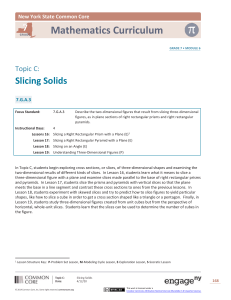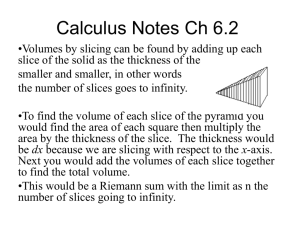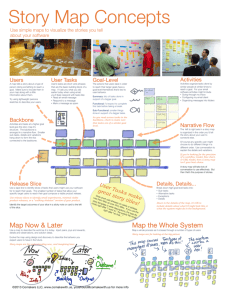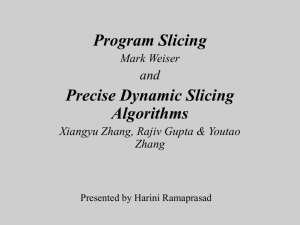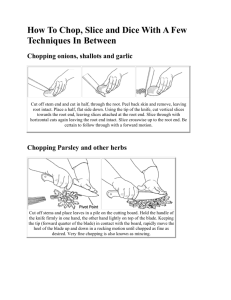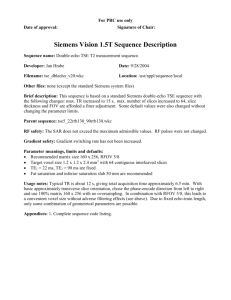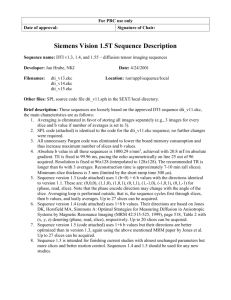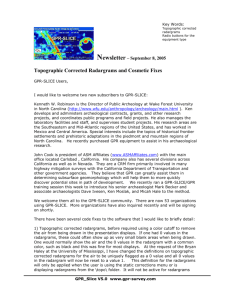Bouncing balls: Sum of an infinite geometric sequence
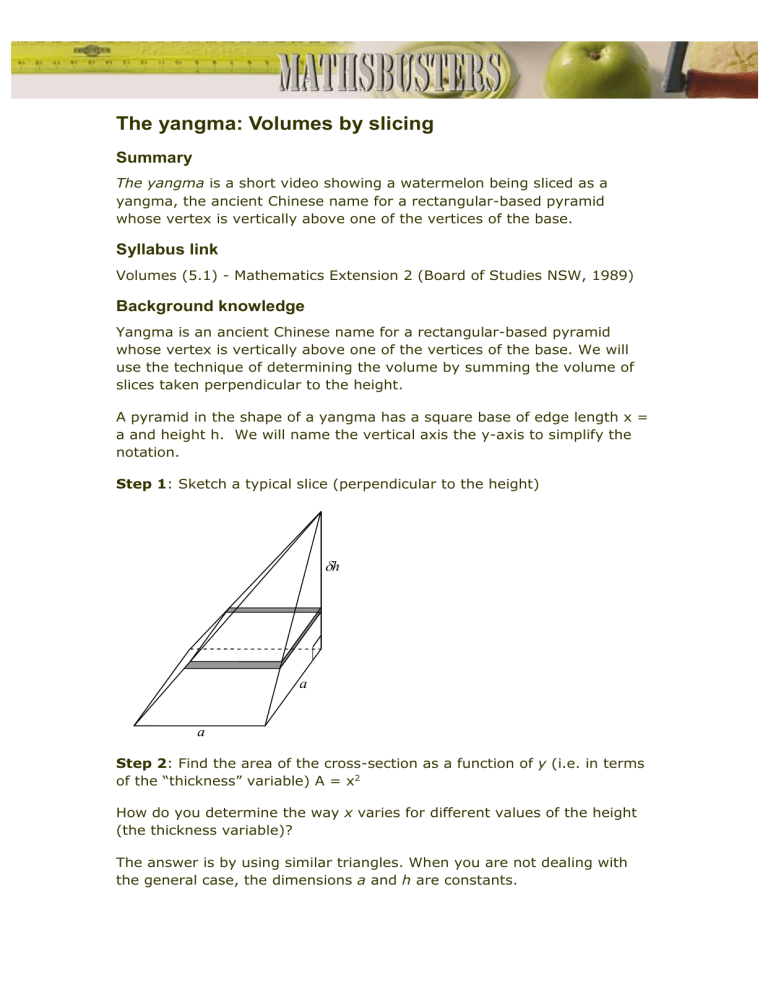
The yangma: Volumes by slicing
Summary
The yangma is a short video showing a watermelon being sliced as a yangma, the ancient Chinese name for a rectangular-based pyramid whose vertex is vertically above one of the vertices of the base.
Syllabus link
Volumes (5.1) - Mathematics Extension 2 (Board of Studies NSW, 1989)
Background knowledge
Yangma is an ancient Chinese name for a rectangular-based pyramid whose vertex is vertically above one of the vertices of the base. We will use the technique of determining the volume by summing the volume of slices taken perpendicular to the height.
A pyramid in the shape of a yangma has a square base of edge length x = a and height h. We will name the vertical axis the y-axis to simplify the notation.
Step 1: Sketch a typical slice (perpendicular to the height)
h a a
Step 2: Find the area of the cross-section as a function of y (i.e. in terms of the “thickness” variable) A = x 2
How do you determine the way x varies for different values of the height
(the thickness variable)?
The answer is by using similar triangles. When you are not dealing with the general case, the dimensions a and h are constants.
h x y a
By similar triangles h
y h
x a
Therefore, x
a ( h
y ) h , so x
2 a h
2
2
( h
2
2 hy
y
2
)
The cross-sectional area
A ( y )
a 2
( h
2 h
2
2 hy
y
2
)
Step 3: Find the volume of the slice
V
a
2 h
2
( h
2
2 hy
y
2
)
y
Step 4: The volume of our solid V is the sum of the volumes of the slices
V
V
a
2
h
0
1
2 h y
y h
2
2
dy
a
2
y
y
2 h y
3
3 h
2
h
0
a
2
( h
h h
3
3 h
2
)
1
3 a
2 h
Related links
Applet that allows the user to explore the concept of volume by slicing.
Controls allow the user to change the position of a cross-section as well as varying the number of slices. The solid can be viewed from different angles. http://www.ies.co.jp/math/java/samples/renshi.html
Applet which approximates the volume of an aircraft wing by the method of slicing. Controls allow the user to change the number and position of the slices. The aircraft wing can be viewed from different angles. http://www.usna.edu/MathDept/website/courses/calc_labs/slicing/slice
.html
